In Japan, humidity levels are high from May to October, with the rainy season being an especially challenging time for indoor moisture. If humidity is left unchecked, it can lead to mold, unpleasant odors, and dust mites, making proper humidity control essential for a healthy home.
In this article, we’ll take a look at the types of environments where humidity tends to build up and share effective tips to help you manage moisture before the rainy season hits. By preparing in advance, you can enjoy a more comfortable and worry-free rainy season. Use this guide as a helpful reference!
Village House offers affordable rental properties starting from just ¥ 20,000 across Japan. If you’re searching for a place to live, be sure to check out our website.
Areas where humidity is likely to build up
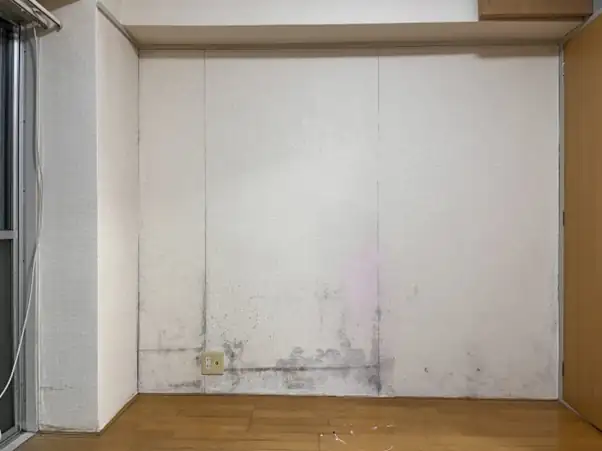
Many people associate high humidity with areas around water like bathrooms and kitchens, and while these spaces do tend to retain moisture, they’re not the only places you should watch out for.
Humidity can also build up in less obvious areas, such as rooms towards the North side (which tend to stay cooler), closets, storage units, shoe racks, underfloor storage, and even around beds and futons in bedrooms. These spots often receive little sunlight and have poor ventilation, making them prime environments for moisture accumulation.
When moisture builds up over time, it creates ideal conditions for mold and bacterial growth. Mold, known for its distinct odor, tends to thrive at temperatures between 25°C and 28°C, a range commonly reached during Japan’s rainy season. That’s why it’s important to take humidity control seriously during this period.
Beyond mold, a humid environment can also attract pests like mites and centipedes. Excess humidity can even impact your health. Hot, damp conditions make it harder for the body to regulate temperature, increasing the risk of heat-related illnesses, including heat stroke.
Taking preventive measures before the rainy season can help you stay safe, healthy, and comfortable at home.
Moisture control measure 1: Ventilate the room

To reduce indoor humidity, it’s important to ventilate regularly, allowing moisture to escape outside. Ventilation should be a daily habit, no matter the season. During the rainy season and winter, when humidity levels are higher, it’s especially effective to ventilate for 5 to 10 minutes every 1 to 2 hours.
For optimal air circulation, try opening multiple windows and doors to create a cross breeze, allowing fresh air to flow through the space. You might be hesitant to ventilate on rainy days, but as long as rain isn’t blowing directly into the room, it’s crucial to keep airing out your home regularly.
Moisture control measure 2: Use your air conditioner’s dehumidifier mode
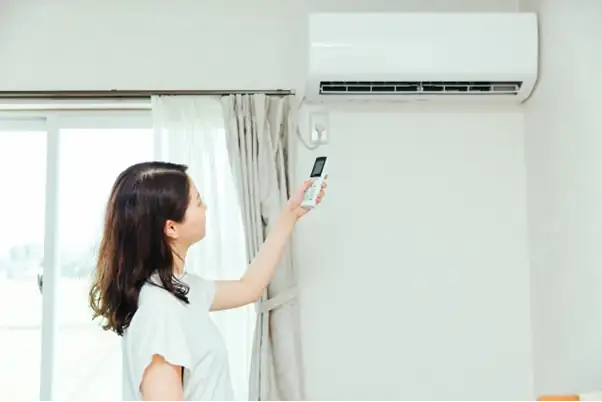
To prevent the growth of mold and bacteria, it’s essential to control the humidity levels in your room. Using a dehumidifier or the dehumidification function on your air conditioner can effectively reduce excess moisture.
While cooling mode can help lower humidity to some extent, dehumidification mode (dry mode) is more efficient at removing moisture. Keep in mind, however, that prolonged use of the dehumidifier or air conditioner in dry mode may cause the room temperature to drop too much. Be sure to adjust the settings for both temperature and operation time accordingly to maintain a comfortable environment.
It’s also important to keep your dehumidifier and air conditioner clean. Dirt, mold, and dust can accumulate inside the unit, and when it’s running, these contaminants can spread throughout the room. Regularly clean the filter and interior of the device as per the instructions in the manual to ensure it’s functioning properly.
Moisture control measure 3: Use a dehumidifier
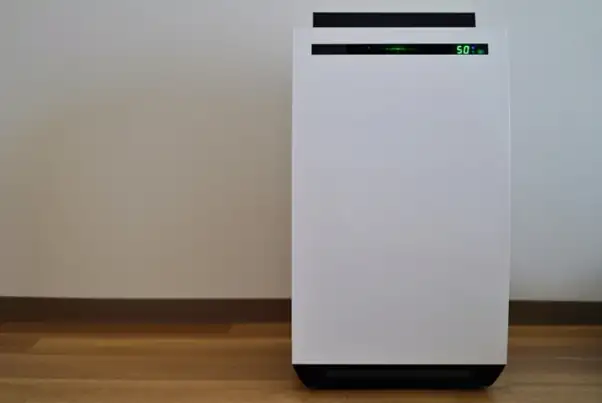
Dehumidifiers are household appliances designed to remove excess moisture from the air. There are three main types of dehumidification methods.
| Compressor type | Removes moisture from the air by cooling and condensing it. Highly effective during the rainy season and in summer while remaining energy efficient. Note: Dehumidifying performance may decrease in colder temperatures. |
| Desiccant type | Removes moisture from the air using an absorbent dehumidifier. Effective even in low temperatures and operates quietly, but it tends to consume more electricity. It may also cause a slight increase in room temperature. |
| Hybrid type | Combines both compressor and desiccant technologies, leveraging the strengths of each. Suitable for a wide range of environments and conditions. |
To use a dehumidifier effectively, place it in a location where air can circulate freely, such as the center of the room, and ensure that the vents and exhaust ports are not blocked. To maintain optimal dehumidifying performance, regularly clean the filter and water tank.
For even better results, consider using the dehumidifier in conjunction with a circulator fan. This will help distribute the dry air more evenly throughout the room, keeping humidity levels consistent.
Moisture control measure 4: Take steps against condensation
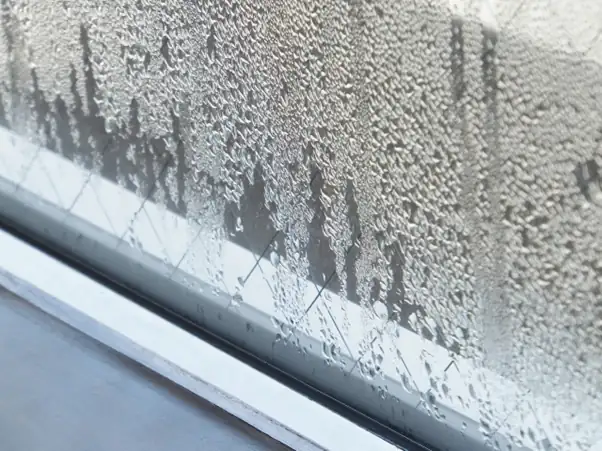
Condensation happens when there is a temperature difference between the inside and outside of the house. To prevent condensation, especially on windows and sashes, it’s helpful to use the following items:
- Newspaper
Condensation often occurs in the early morning when temperatures drop. To prevent this, place a layer of newspaper between the window rails before going to bed. The newspaper will absorb any water droplets that form overnight. In the morning, simply remove the newspaper to eliminate the condensation.
- Air caps (packing bubble wrap)
Attaching packing air caps (bubble wrap) to your windows can help insulate them. The air layer between the bubble wrap and the window acts as a barrier, preventing the surface temperature of the window from dropping too much. This helps to reduce the temperature difference between the warm air inside and the cold surface of the window, effectively preventing condensation.
- Condensation waterproof sheet
If you’re concerned about appearance, consider using a commercially available condensation prevention sheet. Simply stick it to your windows, and it will enhance the insulation, making condensation less likely to occur. These sheets also come in various designs, so you can choose one that suits your style.
- Moisture absorbers (water absorption) tape
For added protection, use moisture absorption tape. By attaching it to the sash frame, the tape absorbs any water droplets that drip down, preventing the floor from getting wet. For even more effective moisture control, combine the tape with a condensation prevention sheet applied to the entire window.
Moisture control measure 5: Turn on the bathroom ventilation fan
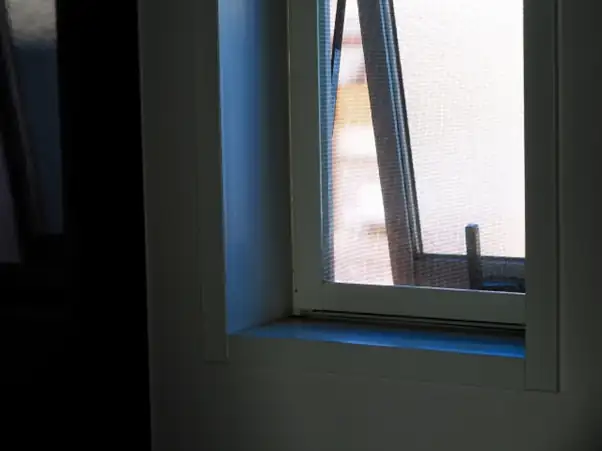
The bathroom is especially prone to moisture buildup, making it crucial to take steps to prevent mold after bathing. To help moisture escape, turn on the exhaust fan and open the window immediately after you finish.
If you leave hot water in the bathtub, make sure to close the lid tightly to prevent excess moisture from lingering in the air. Additionally, after using the bathroom, be sure to close the door to keep the moisture from spreading to other rooms.
.
Moisture control measure 6: Use moisture absorbers / desiccants
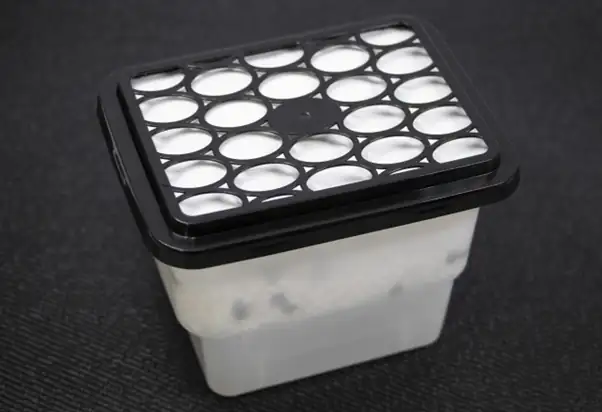
Moisture tends to accumulate near the floor, so it’s most effective to place a refillable tub of moisture absorber close to the ground. For larger spaces or closets, a high-capacity pack of moisture absorber is ideal, as it will run longer and absorb moisture more efficiently. In closets, placing it on the bottom shelf is particularly effective for moisture control.
However, avoid storing moisture absorbers at a high position, as they could tip over, causing the contents to spill. Since moisture absorbers come in different types with various uses, be sure to check the product label for specific instructions before use.
At Village House, a deposit, key money, processing fee, or renewal fee is not required (※). If you’re looking to save on initial costs, don’t hesitate to contact us for more information.
※Please note that a deposit may be required depending on the specific terms of the contract and the results of the screening process.
Related articles:

Hello, I’m Machiko Doi, a freelance writer who writes about housing and living in Japan.
I live in an 80-year-old house that I inherited from my grandparents along with my two shelter cats and daughter.
We live a relaxed life while repairing the house.
I like to cook vegetables from the garden and fresh fish caught by my father, and enjoy them with cold beer on a hot day or hot sake on a cold day.



